News
Hunt Expedition Crossed Wyoming 211 Years Ago

Sign at Spotted Horse
On May 26, 1811, Wilson Price Hunt was hired by John Jacob Astor, wealthy businessman, to head an expedition across the United States from St. Louis to the Pacific. Astor saw the wealth that could come out of the fur trade, decided to cash on it. He formed the American Fur Company and established the Fort Astoria fur trading post on the Columbia River in present-day Oregon. The Hunt expedition was to find areas where trading posts could be established.
Hunt had never been west before but had been involved with the Indian trade in St. Louis. He persuaded three veteran hunters, Edward Robinson, John Hoback and Jacob Reznor, and to join him on the expedition.
They in turn persuaded Hunt to change his route, which was south of the Lewis and Clark route, and thus avoid the Blackfeet, who were well known for their ferocity.
In August, 1811, the Hunt expedition camped near what is now Spotted Horse, Wyoming, crossed the Powder River, and then headed West and crossed the Big Horn Mountains at Powder River Pass.
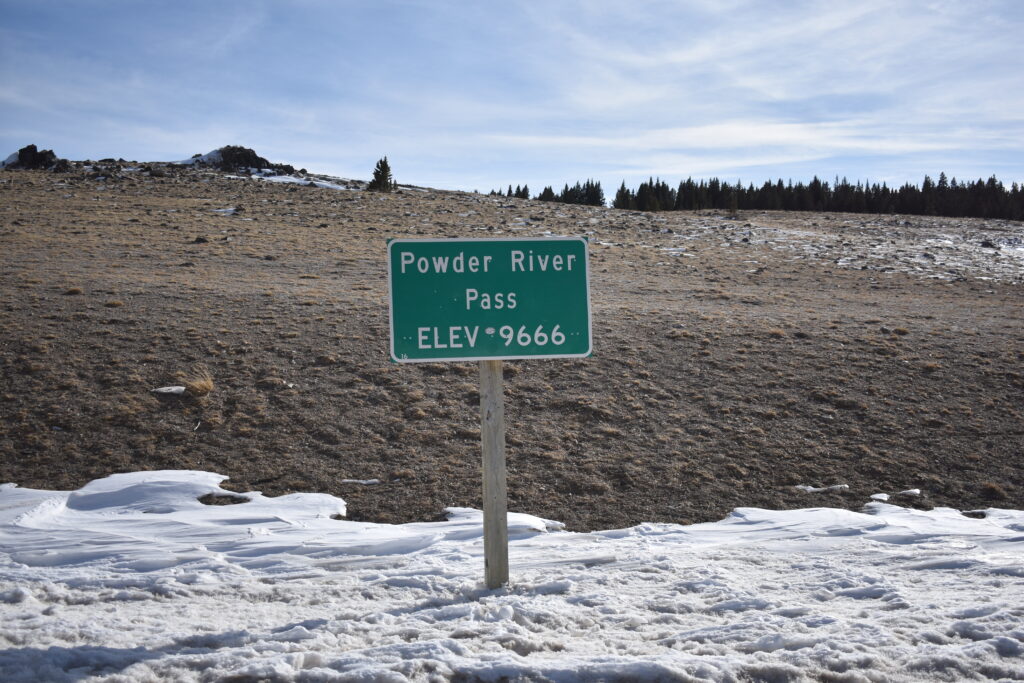
In an article in the Basin Republican, August 26, 1910: In 1811, Wilson Price Hunt headed an expedition from St. Louis for the Columbia River and Pacific coast. This expedition was in the interest of the American Fur Company, a company owned by John Jacob Astor. They eventually arrived in Wyoming, coming across what are now Crook and Johnson counties. (Today Campbell and Sheridan) After many unsuccessful attempts to cross from the east side of the Big Horn mountains to the Basin side they finally effected passage of this mountain barrier. The Hunt party was composed of sixty odd men.
Hunt had employed a veteran mountain man named Edward Rose, who had been in the employ of Manuel Lisa, well known fur trader. Rose had lived with the Crow Indians and knew the country. Rose and some of his Crow friends helped the Hunt Expedition cross the Big Horn Mountains, at the Powder River Pass, above the present-day town of Buffalo.
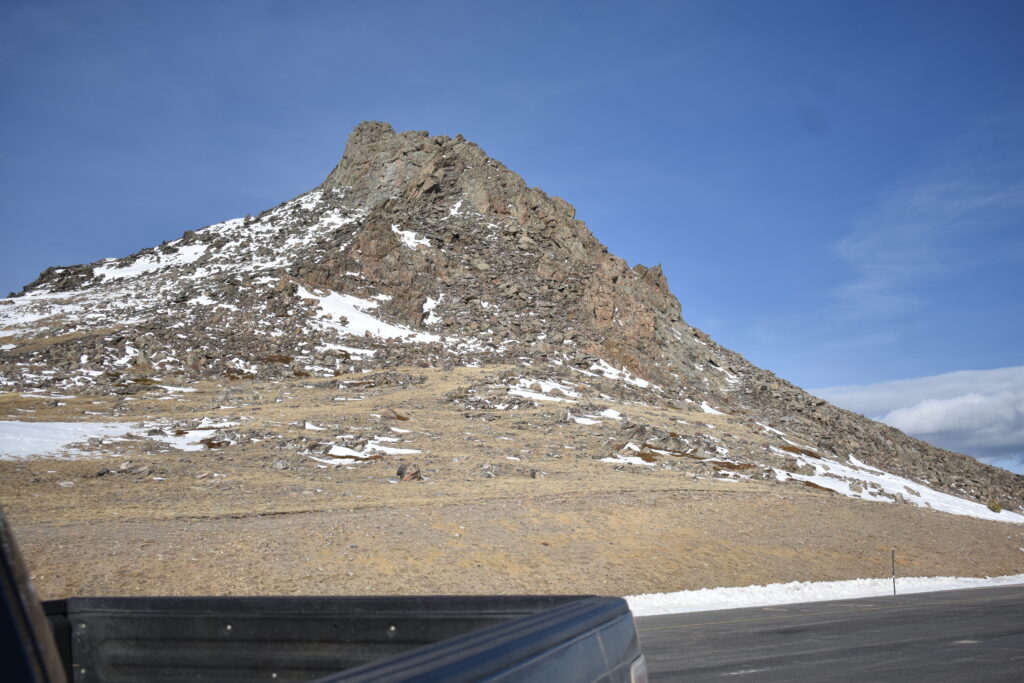
In the Cheyenne Daily Leader, September 1, 1905, there is this story, which is part of the much longer story. “The Early History of Wyoming” is the title of an interesting paper which Mrs. W. L. Whipple recently read before the local chapter of the Daughters of the Revolution. The facts presented were condensed from Coutant’s History of Wyoming. In view of the timeliness of the article just before the annual “Frontier Days” celebration, The Leader publishes, through the courtesy of Mrs. Whipple, the story of frontier days that were really so.
In 1810 an expedition was organized by John Jacob Astor, which was known as the Astoria expedition. With three other men he organized “The Pacific Fur company” and the expedition was sent out in charge of Wilson Price Hunt, who became one of the conspicuous characters in the early history of Wyoming. His instructions were to cross the Rocky Mountains, and to note places where interior trading posts might be established.
This expedition proceeded up the Missouri River and reached the country which is now Wyoming. After several attempts they succeeded in crossing the Big Horn range, journeyed up the Big Horn and Big Wind Rivers crossed Sheridan Pass to the headwaters of Green River, where they beheld three mountain peaks, glistening with snow. These glistening mountains. Mr. Hunt was told, were landmarks which denoted the source of the Columbia He christened them Pilot Knobs. They were in reality the Grand Tetons and are among the highest points of the Rocky Mountains, the loftiest one is 13,762 above sea level.
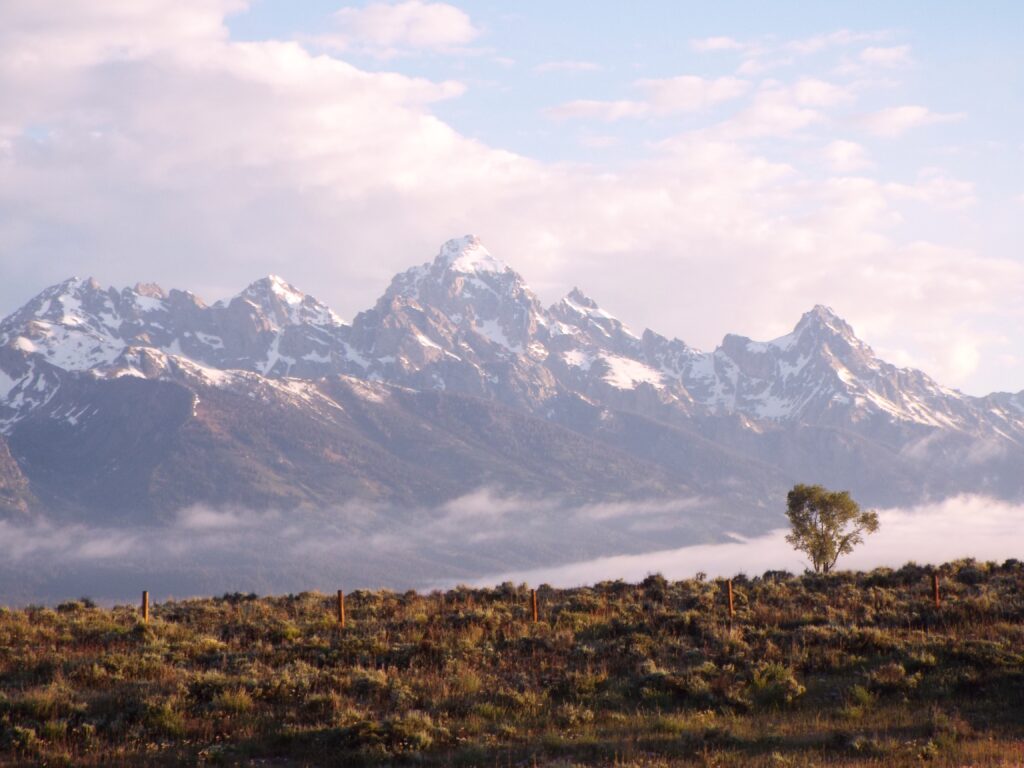
This expedition was one of the most remarkable on record. It had pursued a route through a wilderness never trod by white man before, but they blazed a way across the continent, which proved vastly beneficial to succeeding travelers, and later these explorers made another trip through Wyoming and discovered a route by which hundreds of thousands of their countrymen later cross the Rocky Mountains. (This was later to become the Oregon Trail)
In June of 1812, Robert Stuart took a party and left Astoria to journey across mountains carrying dispatches to Mr. Astor in New York, it was on this journey that they wore impelled by force of circumstances to make a new route across the then dark continent, and they became the discoverers of South Pass, the important gateway through the Rocky Mountains.
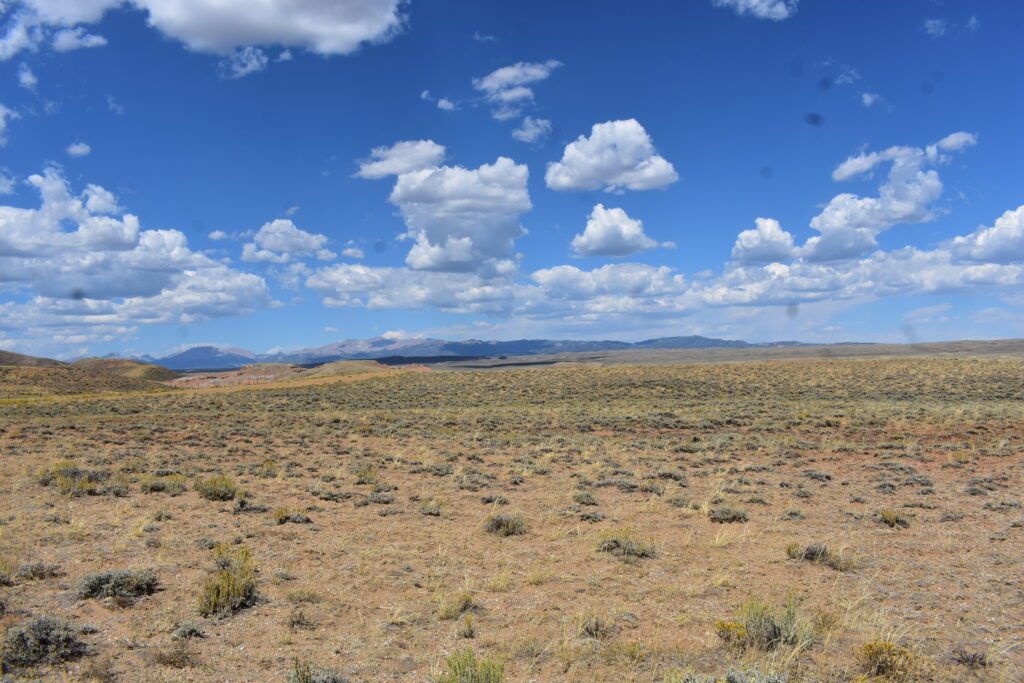
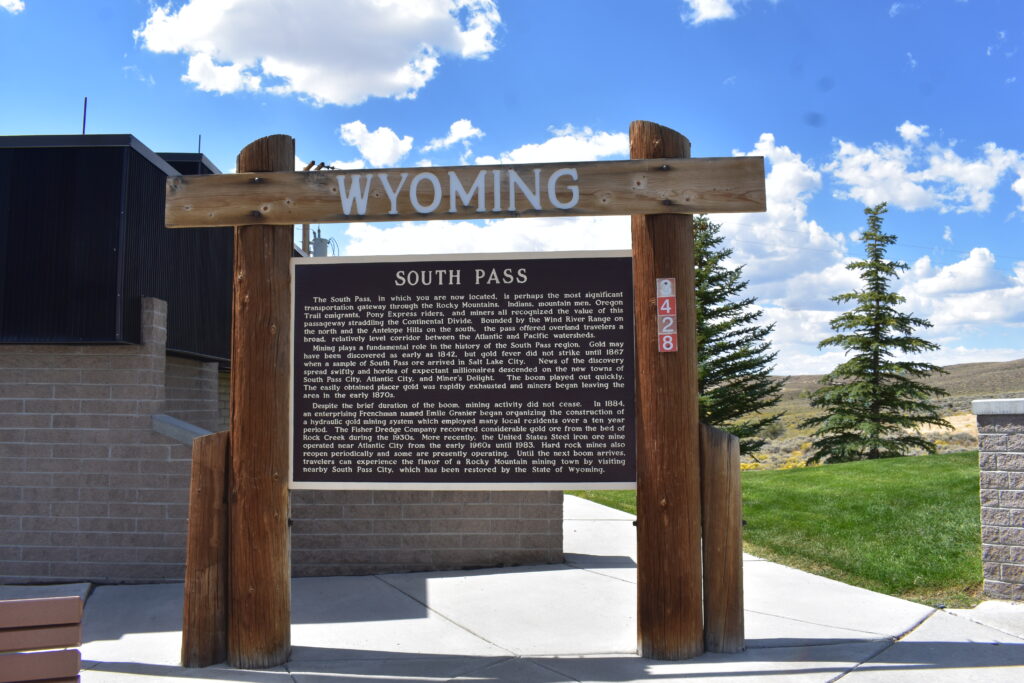
A little-known historic fact of the expedition was that there was a woman who came along on the trek. Pierre Dorion, a half-Indian who was engaged by Hunt as an interpreter of the Sioux language, brought his Indian wife, Marie and their two young children. Pierre Dorion’s mother was a Yankton Sioux, and his father was an Indian trader in Quebec, and had been engaged as an interpreter by Lewis and Clark.
In The Laramie Daily Boomerang, February 9, 1898: In Wyoming 1811. Adventures of Hunt’s Expedition in Crossing the Rocky Mountains. Sent out by John Jacob Astor. Many of the Party of Eighty Lost Their Lives from the Rigors- of the Winter and Dropped Along the Trail Famished and Exhausted. The Big Horn River Pilot, published by E. T. Payton, at Thermopolls… is publishing a series of historical articles of the most interesting character. The Boomerang has already published one of these articles under the title of “John Coulter’s Travels and Adventures in 1807 in Wyoming.” We believe the readers of The Boomerang will take great pleasure in reading the following article descriptive of Hunt’s expedition, when sixty men crossed what is now Wyoming in the summer of 1811, bound for the Pacific coast. The article is as follows:
In July, 1811, Wilson P. Hunt., with sixty men, eighty horses, one- woman and two children, left his boats and the Missouri river behind him, and began his memorable march across the country to the Columbia river. His barges he sold to Manuel Lisa, and his horses for the expedition were procured from the Arlckara Indians, a Mission river tribe.
Hunt’s party was composed of American hunters, Canadian river men, and, besides, some of his partners, there were a couple or interpreters. One of these, Edward Rose, an outlaw, had lived with the Crow Indians. The other was Pierre Dorion, a half Indian, and his wife was the only woman of the expedition. She trudged on foot, like nearly all of the others, for the horses were for the most part loaded with goods, provisions and traps. Two days out the party met with a band of Cheyennes from whom they secured some thirty odd more horses, and at the foot of the Big Horn mountains they still farther added to their supply— this time from the Crows.
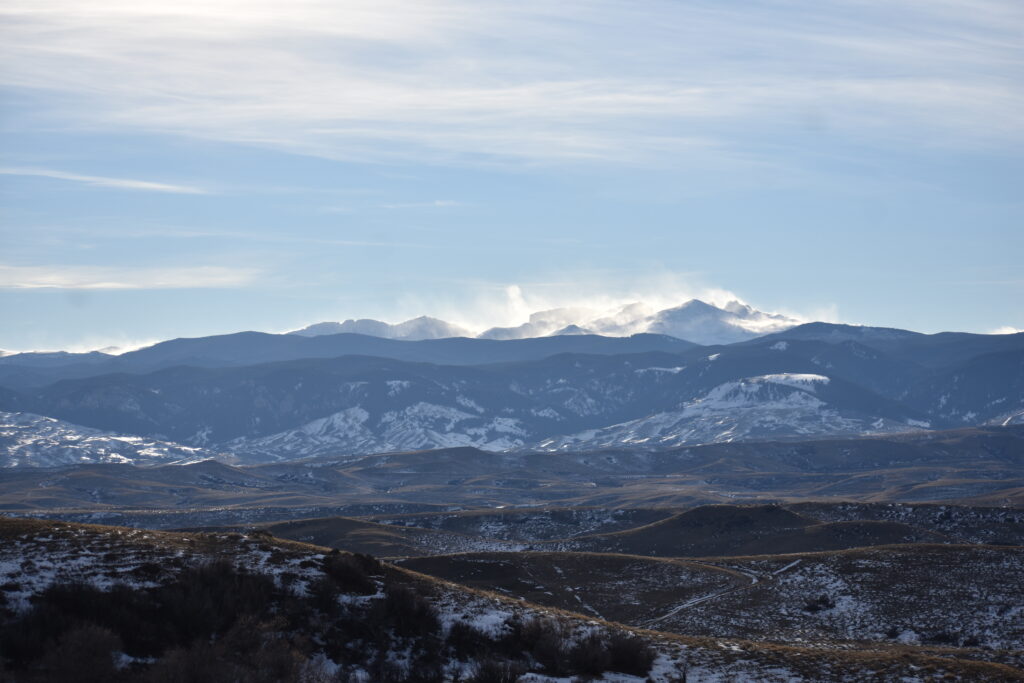
The expedition was shown the trail up into the Big Horn mountains by a band of Crows and down out of the mountains and across the Lost Cabin range by a band of mixed Shoshone and Flatheads. That the party saw numerous bands of buffalo, and some elk, deer and bear go without saying. But their first grand hunt was on one if the western tributaries of Green river, then called Spanish river, from information received from the Indians that Spaniards inhabited, or sometimes traded, on its lower waters— that is the lower waters of the Colorado.
The Astorian Expedition, some of the first American explorers to come into Wyoming, crossed Campbell and Johnson Counties, and went over the Powder River Pass, 211 years ago this month.


Ira roadifer
September 10, 2022 at 8:40 am
Thank you for the wonderful story.i
Mike Kuzara
September 13, 2022 at 9:13 am
A lead plate was discovered in Nebraska in a river bank that was engraved with the date and the name of W.P. Hunt’s party to mark their passing that point.
I suspect Hunt crossed the Wind River range at what is now known as Union Pass. Union Pass is the route between the Wind River drainage and the Green River drainage. There is one spot on that route that looks down the Gro Ventre drainage that will give you a brief glimpse of the Tetons.